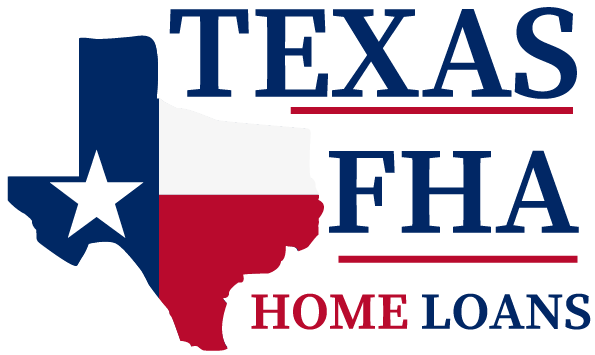Home improvement loans work to provide the money you need to maintain, repair, and improve your home. There are different types of funds to choose from, so you need to consider the various options and weigh the pros and cons.
This type of loan describes how you use the funds allocated to you. For example, it may be upgrading your plumbing, building an addition, taking care of damages caused by a natural disaster, etc.
Home improvement loans can come in the form of secured loans or unsecured loans. Secured loans include home equity loans, cash-out refinance, home equity line of credit, etc., and require collateral. To take this loan, your house serves as the collateral for the amount borrowed. If you fail to repay the loan, the lender has the right to close your home. However, with unsecured loans, you are not required to provide collateral. This loan includes credit cards and personal loans. Although none of your assets is at risk with an unsecured loan, it has the stricter requirement to qualify for one, and the terms may be less favorable.
Where can you get home improvement loans?
When sourcing a home improvement loan, you may need to consider the type of work at hand, your creditworthiness, and the project’s timeline. For instance, if you have good credit and need a loan of $5000, you should consider going for a credit card with an APR (annual percentage rate) of 0% on purchases. Unfortunately, there are several APR cards with an introductory period of 15 to 21 months. During this time you won’t get any interest in your purchases. Plus, if you are able to pay off the balance before the end of the introductory period, then you might be able to finance your home improvement work freely.
However, according to UK assignment help, an unsecured or secured personal loan may provide a higher loan limit than new credit cards. It will also offer a much lower interest rate than credit cards, even though you immediately accrue interest. So if you need a quick loan without using your house as collateral or lack enough equity, then it’s best to consider the unsecured personal loan. On the other hand, if you do not mind going through an intricate application process and have no issues with your home being collateral, your equity is enough to qualify you. If so, it’s better to go for a secured loan that offers lower interest rates.
Lastly, it is also possible for you to get tax deductions for the interest paid on home equity loans, cash-out refinance, or HELOC. This becomes an option if the loan is used for a substantial improvement of your home instead of maintenance or other essential repairs. According to an IRS link, to qualify for these tax deductions, the home improvement project you embarked on must add some value to your house, increase the useful life of the house or adapt it for new use.
Get the best rate by comparing your options




